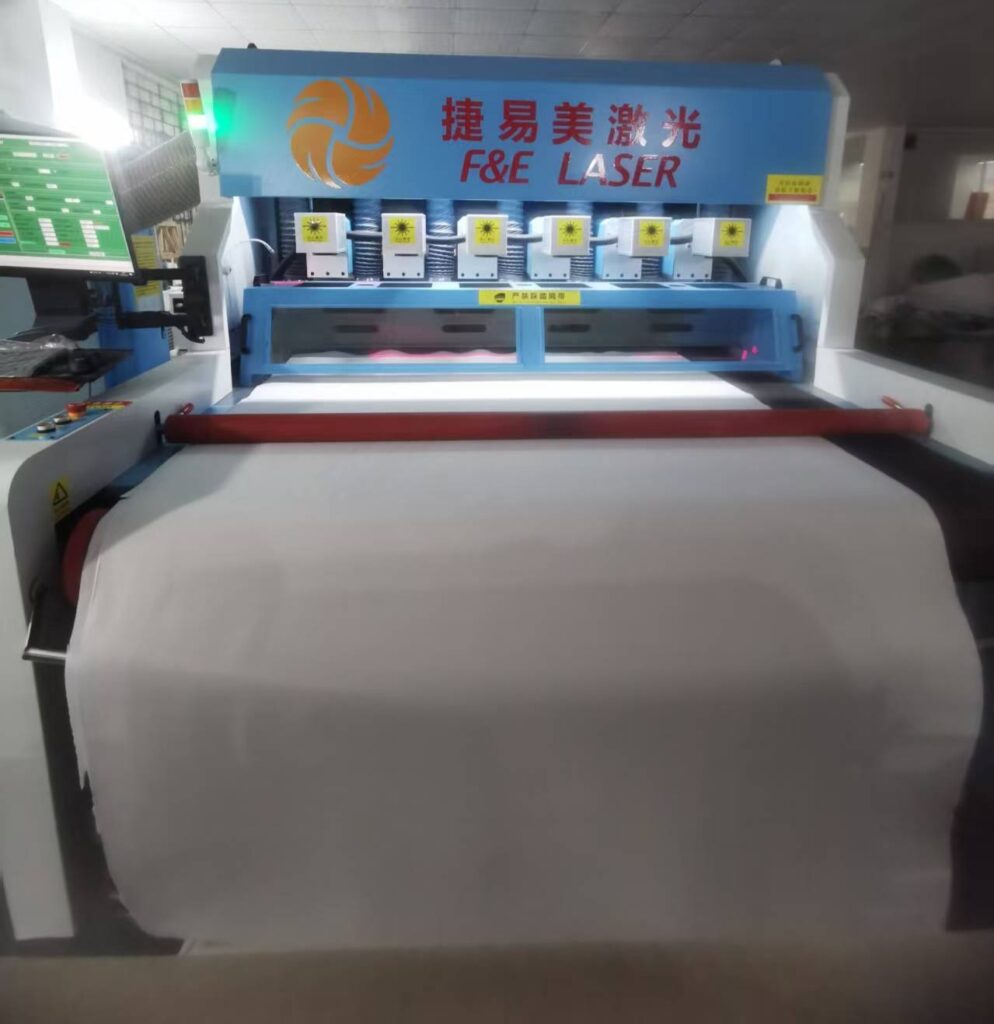.gtranslate_wrapper
F&E Laser Applications in Flexible Materials: Simple, Fast, and Smart

Flexible materials—from polymers and textiles to thin metals and composites—have become integral to modern innovation, powering wearable tech, flexible electronics, and sustainable packaging. Among the technologies shaping their potential,F&E is committed to achieving simple, fast and intelligent application of flexible materials.Now,let’s talk about it.
Simplicity is a hallmark of laser-based approaches. Unlike traditional methods requiring complex tooling or chemical treatments, lasers offer a non-contact, single-step solution. With minimal setup, a laser can cut, engrave, or pattern flexible materials with pinpoint accuracy, eliminating the need for molds or mechanical force that might damage delicate substrates. For example, cutting thin polymer films for flexible displays requires no manual adjustment—software-controlled lasers follow digital designs seamlessly, making the process accessible even for small-scale production.
Speed is another key advantage. Lasers operate at high precision with rapid execution, enabling mass production without sacrificing quality. In textile manufacturing, lasers can pattern fabrics at speeds far exceeding manual or mechanical methods, handling intricate designs like mesh patterns or logos in seconds. This efficiency reduces production cycles, allowing industries to respond quickly to market demands, whether for custom wearables or disposable medical devices.
What truly elevates laser applications is their smart integration with advanced technologies. Coupled with AI and machine learning, lasers adapt in real time: sensors detect material variations (e.g., thickness in flexible circuits) and adjust laser power or speed automatically, ensuring consistent results. In smart packaging, lasers can create micro-perforations that respond to temperature or humidity, regulating airflow—a level of precision impossible with conventional tools. Additionally, laser-induced surface modifications can enhance functionality, such as making flexible materials water-resistant or conductive, all while maintaining their elasticity.
In essence, laser processing transforms flexible materials from passive substrates to active, high-performance components. Its simplicity streamlines workflows, speed accelerates production, and smart capabilities unlock new functionalities, driving progress in industries where flexibility and innovation go hand in hand. As technology advances, lasers will continue to be a cornerstone of flexible material engineering, proving that sometimes the most powerful solutions are the ones that work simply, quickly, and intelligently.
